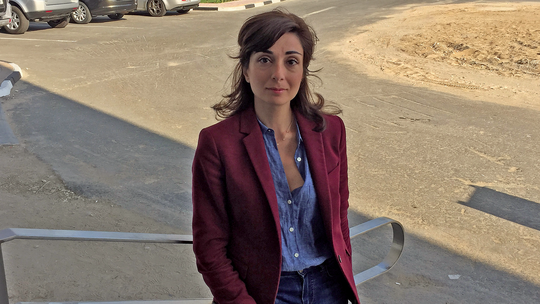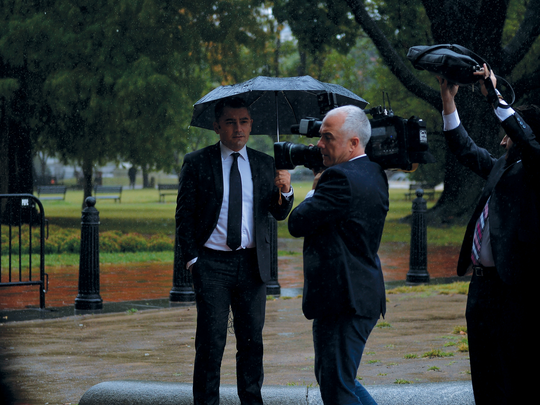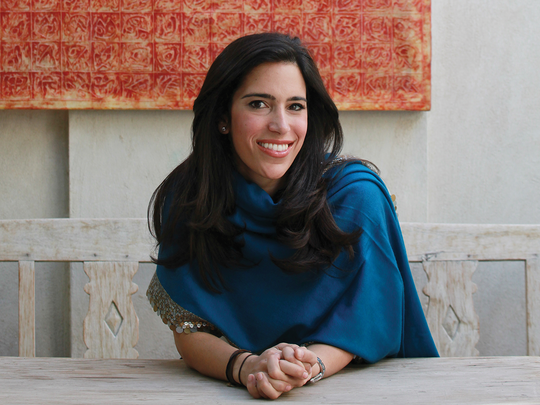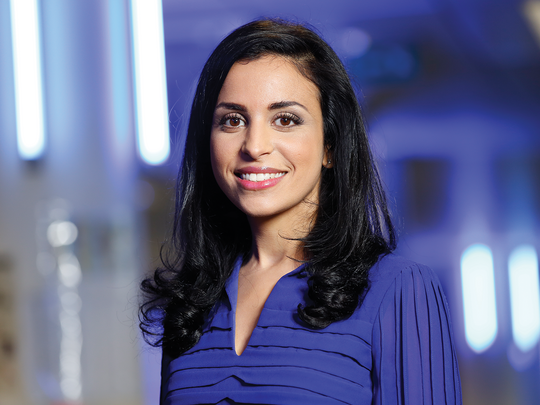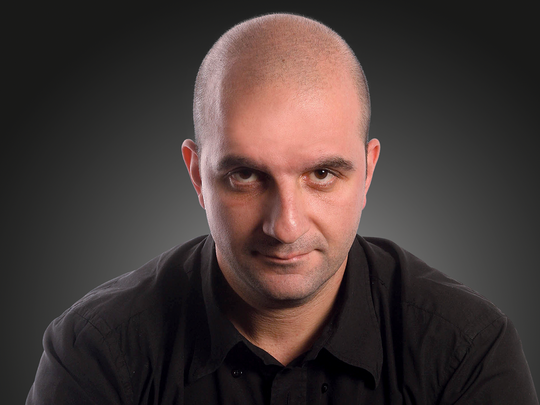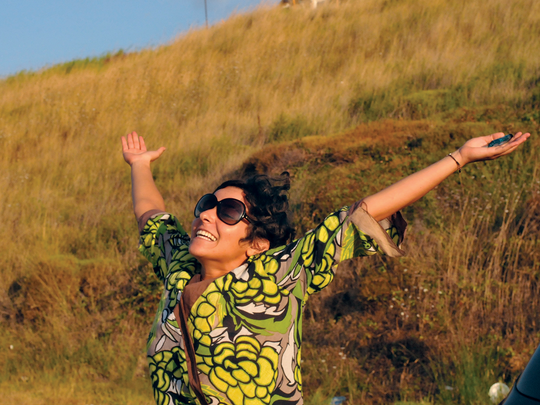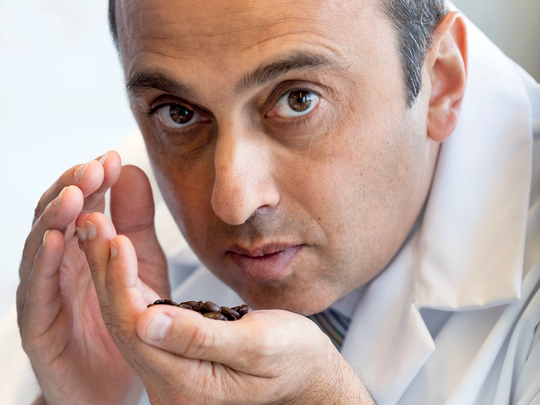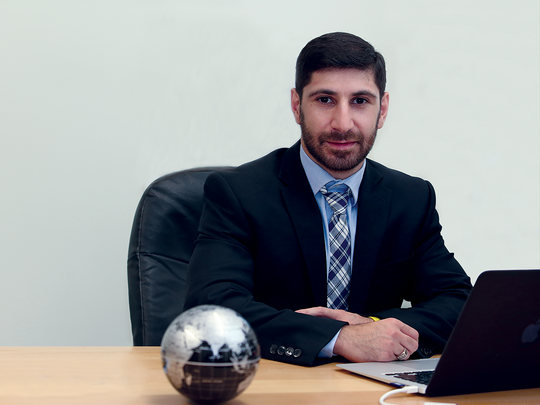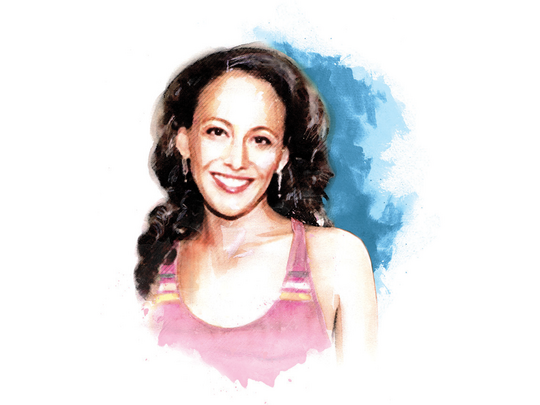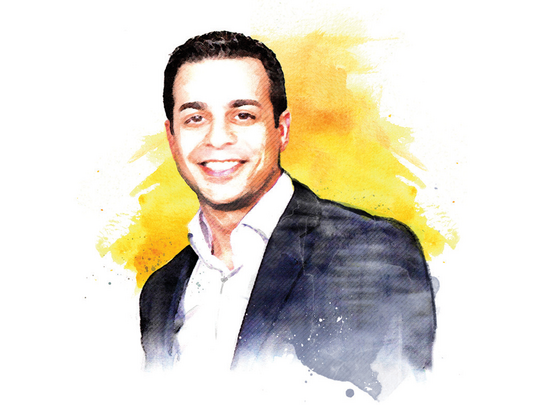The world that captured Tanya Goudsouzian’s imagination as a child growing up in Canada was far more wondrous and exciting than the fictional realm of fairytale princesses and wicked stepmothers in the Brothers Grimm. There were tales of separated lovers, a city on fire, an escape by boat and tearful reunions on Mediterranean coasts—all dramatically recounted in vivid detail by her grandmother who, like most Armenian grandmothers, was a master storyteller.
Whether the background was Alexandria, Smyrna or Cairo, she recalls her grandmother could “make you feel as if you were right there when it all happened, almost as if it were happening to you. I think it is fair to say she inspired my interest in the Middle East.”
That longing to see the world grew stronger as a student at McGill University in Montreal. In the summer of 1997, she flew to New York City to work at the United Nations as part of AGBU’s New York Summer Internship Program (NYSIP).
“My AGBU internship at the United Nations in New York was my first foray into the global arena,” she says. “It probably opened my eyes to what the world outside my hometown, Montreal, had to offer. I guess it just made me feel like there was so much out there to see and learn about.”
The following year, Goudsouzian left home and hasn’t looked back. A decision that was difficult for her friends, and especially her family, to understand.
“My parents and most of my friends’ parents left the Middle East to have a better life and secure a better future for their children, so it was strange to them that I was heading back to that region.”
Once she arrived in Egypt, she was shocked to discover just how different it had become from the country her grandmother had described. Her natural curiosity and sense of adventure prompted her to learn more. “What made me stay was the realization that I didn’t know this place as I thought I did, as I had studied it in university. This is new, there’s a story here that’s unfolding and I wanted to be part of that.”
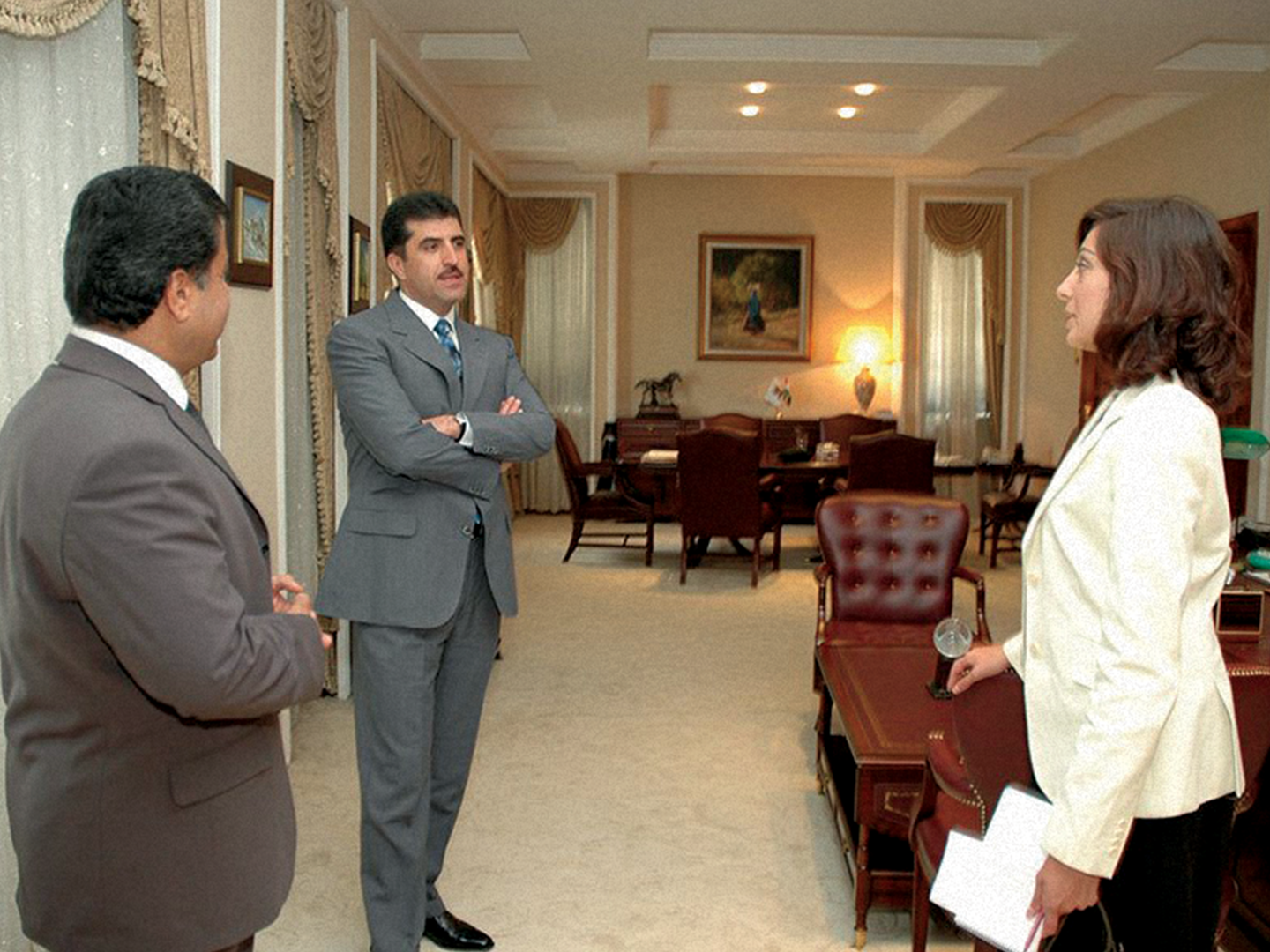
Goudsouzian reported for various newspapers and freelanced for several publications abroad while in Egypt, before deciding to shift her focus to the Gulf. She was in Dubai when the 9/11 attacks happened. “That was the place to be,” she recalled. “At that point, I would have been a fool to leave and go back to Canada or the United States.”
She had interviewed the former King of Afghanistan Zahir Shah in Rome a month prior to 9/11 and that interview—then a hard sell because editors considered it as the musings of an irrelevant figure—was later seen as prescient. “I had a feeling there was a story there, even if it ended up as nothing more than a chance to hear an old man in exile share his hopes and dreams for his war-ravaged homeland. I’ve always had a weakness for nostalgia.”
So in August 2001, she boarded a plane to Rome and met Zahir Shah at his villa in a Roman suburb, sipped tea, ate cake, and listened to him discuss his plan to hold a Loya Jirga, Grand National Assembly, to foster national reconciliation.
From one day to the next, this plan went from a pipe dream to a very likely prospect, as talk grew of a possible American invasion of Afghanistan in retaliation for the 9/11 attacks. Zahir Shah became the man of the hour, and Goudsouzian’s interview, a hot commodity.
“I decided to stay on in Dubai just to see how all this panned out, and I became increasingly riveted by the Afghanistan story,” she says. “I met many fascinating Afghan figures, from princes to businessmen, historians to social workers, all of whom were motivated by their sense of national duty to help rebuild. As a journalist, this was an incredible opportunity, a front row seat even, to witness the rebuilding of a civilization. Of course, as an Armenian, this resonated profoundly.”
One year turned into two, then three, and 15 years later, Goudsouzian is still in the region. “Even I’m amazed that it’s gone by so fast,” She says. “It was an incredible decade. And just when we thought, OK, we take a breather. Let’s take stock of the decade’s monumental events, it was the Arab Spring.”
Traveling the tumultuous terrain of the Middle East over the past decade and a half, she honed her skills as a reporter, and later as a news producer and interviewer for Al Jazeera. Whether she was in Afghanistan or Northern Iraq working with Kurds, she says her Armenian heritage opened doors among the communities she covered. “For sure it is an asset,” she insists. “As you know, Armenians have been in this part of the world for centuries, and we share many commonalities; food, music, traditions, customs. So the languages, customs and culture are not foreign or exotic to me. Growing up in Canada though, allows me some distance. So I don’t have a problem with bias or prejudice. It’s a perfect mix.”
In her current role as opinions editor for Al Jazeera she is faced with difficult editorial choices everyday. “Global news is fast-paced, much of it interrelated, and that makes this job like drinking from a firehose. If you can only run three or four op-eds a day, you have to make tough decisions with the team—what issue is important to Al Jazeera’s unique perspective and what are news consumers talking about that day? What are they looking to understand?”
In addition to her own articles, she acts as a mentor, helping to shape and guide the work of other writers, and prides herself on challenging mainstream Western media perspectives that can tend to generalize about a particular issue. For Goudsouzian, the reward lies in being able to watch a story idea develop and take off. “It’s thrilling to watch a debate kick-off on social media or on the site after we have developed an idea with a writer,” she says. “It’s also fun watching a story grow its audience. I often have a feel for the stories that will get a big audience, when you capture the zeitgeist. Seeing a story or op-ed go viral is a thrill.”
Despite the dramatic changes in how reporters now communicate to an audience, Goudsouzian notes that the fundamentals have not changed all that much. The only significant difference today, she says, is the expectation of self-promotion. “It’s more important than ever to have a personal brand online,” she advises. “People should be able to find you and learn about your work.”
And she emphasizes that if you are not 100 percent committed, you won’t go far.
“If you think you can only be a journalist, and you have an undying passion for the craft, then you should go for it. But I can promise you this—you can’t fake that passion, hoping to be a star with bylines or become a famous writer/editor. We see those people come and go. What keeps the business going are the people who get up each morning, excited about what story comes next. There is always a next story. It’s always fascinating, especially in this part of the world.”
Journalism is storytelling. It’s about taking your readers to where the story is, keeping their interest, a story with wonderment; can you believe what I am seeing, what I am learning?
That next story is often more gripping than fiction—fertile ground for this keen observer of the human condition, who now inspires readers with much the same sense of wonder her grandmother instilled in her, helping them unravel and make sense of the wildly complicated mosaic of the Middle East.

